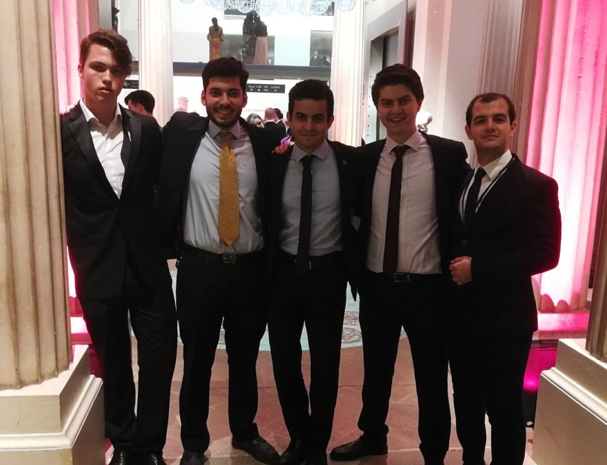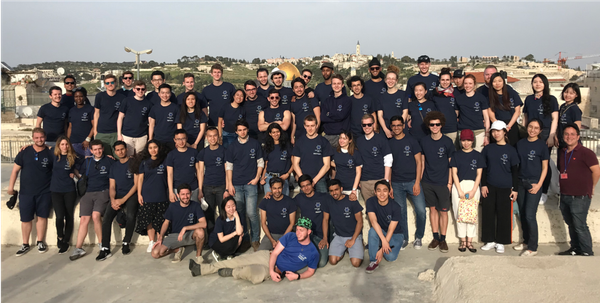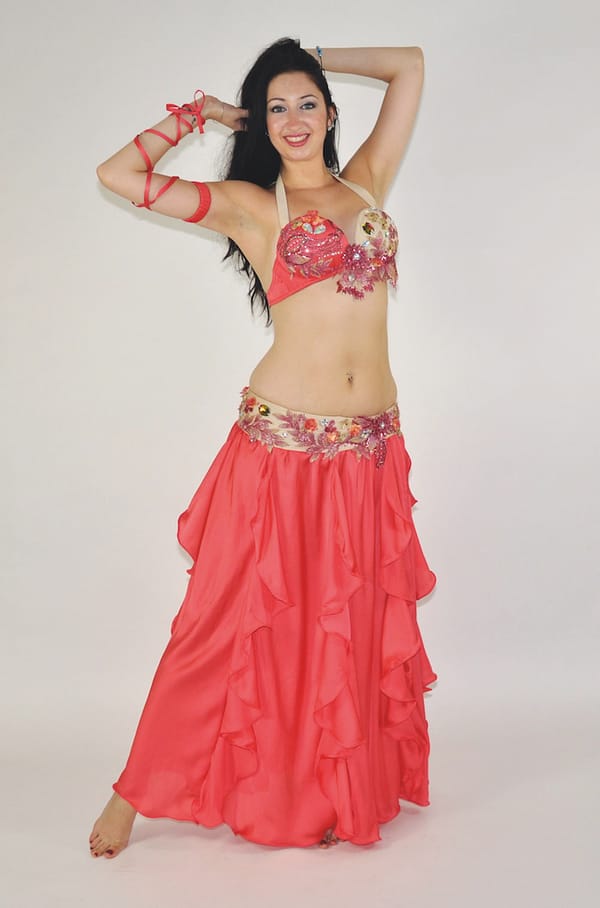Imperial’s Space Society launches High-Altitude weather balloon
Payload sadly lost over Norfolk due to GPS failure

On 3rd November, members of the Imperial College Society for the Exploration and Development of Space headed off to Elsworth, Cambridgeshire, to launch our payload on board a large weather balloon.
On board, we had 2 compact cameras as well as a flight computer, relaying telemetry on its location, altitude, temperature and pressure to our tracking station on the ground. All looked fine before launch with a healthy stream of telemetry received at our base station on the ground. With great anticipation for a High altitude balloon chase around the English countryside, we released the balloon.
However, as soon as we let off the balloon, we realised that the GPS had lost lock and lost track of the position of the balloon. However, the transmitter was sending back pressure and temperature data over radio. We hoped that we could home in on the signal by using our directional antenna to pick the location of the payload. Using data from the NOAA weather service, we expected the payload to descend on the parachute and land near a village called Reepham in Norfolk.
Undaunted by the loss of GPS data, we headed off in our van towards Norfolk. As long as the payload was in the air, we could pick up telemetry due to the clear line of sight. After around 1 hour of flight, we knew the balloon had burst and started descending because the pressure readings started to rise, indicating that it was falling towards the ground. The payload’s descent was slowed by a parachute that deployed as soon as the balloon burst. Based on the pressure readings, the highest altitude transmitted was 28.5 km, three times higher than any commercial Jet would fly.
After the landing, we could not get any signal from the payload due to land features blocking the radio signals. Our hopes were slightly lifted when we managed to pick up extremely faint signals from the payload near the village of Reepham. However, by then it had become dark and we had to give up on our quest to find the payload.
Our post mortem analysis of the launch concluded that either the antenna for the GPS was accidentally shielded by a battery pack or spurious interference from the cameras may have caused the GPS to loose lock.
We hope to do better next time. We have several exciting new plans for future missions. We are planning on designing a tracker and balloon for a mission to CIRCUMNAVIGATE the world. We are always on the lookout for more people to join our team. Send an email to pwroject leader, Medad Newman at mrn3317@ic.ac.uk for more information.
Many thanks to the Imperial College Robotics Society for maintaining the lab for the development of our payload.








